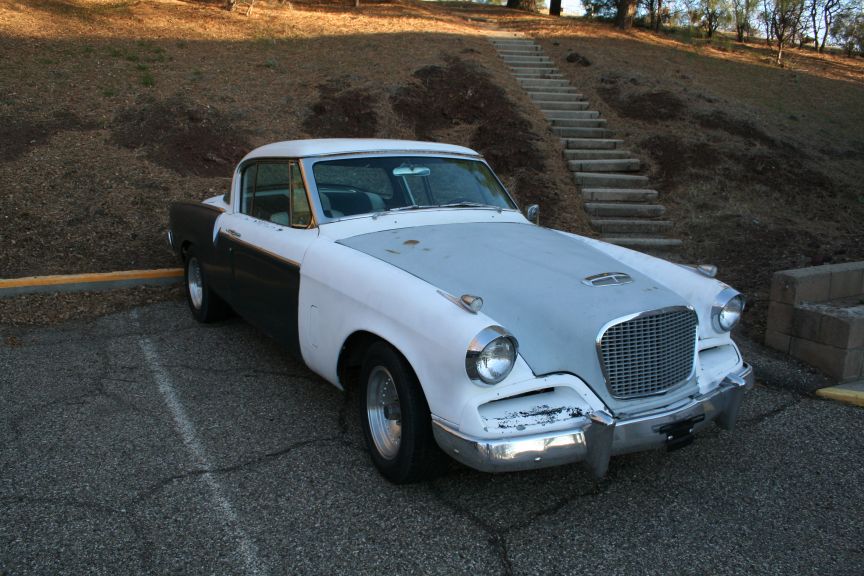I understand that Studebaker wasn't even gonna make the Hawk after the introduction of the Lark. But why, if they finally DID decide to do it, was there no hardtop '59-'61 Hawk?
John
John
Thank you for visiting the SDC Forum, a service of the Studebaker Drivers Club, Inc., an International non-profit organization dedicated to the promotion and preservation of Studebaker automobiles.
Our Forum is free to use, but in order to join the discussion boards you will first need to register.
Read our Policies and Terms Of Service here.

 )]
)] )]
)]
Comment